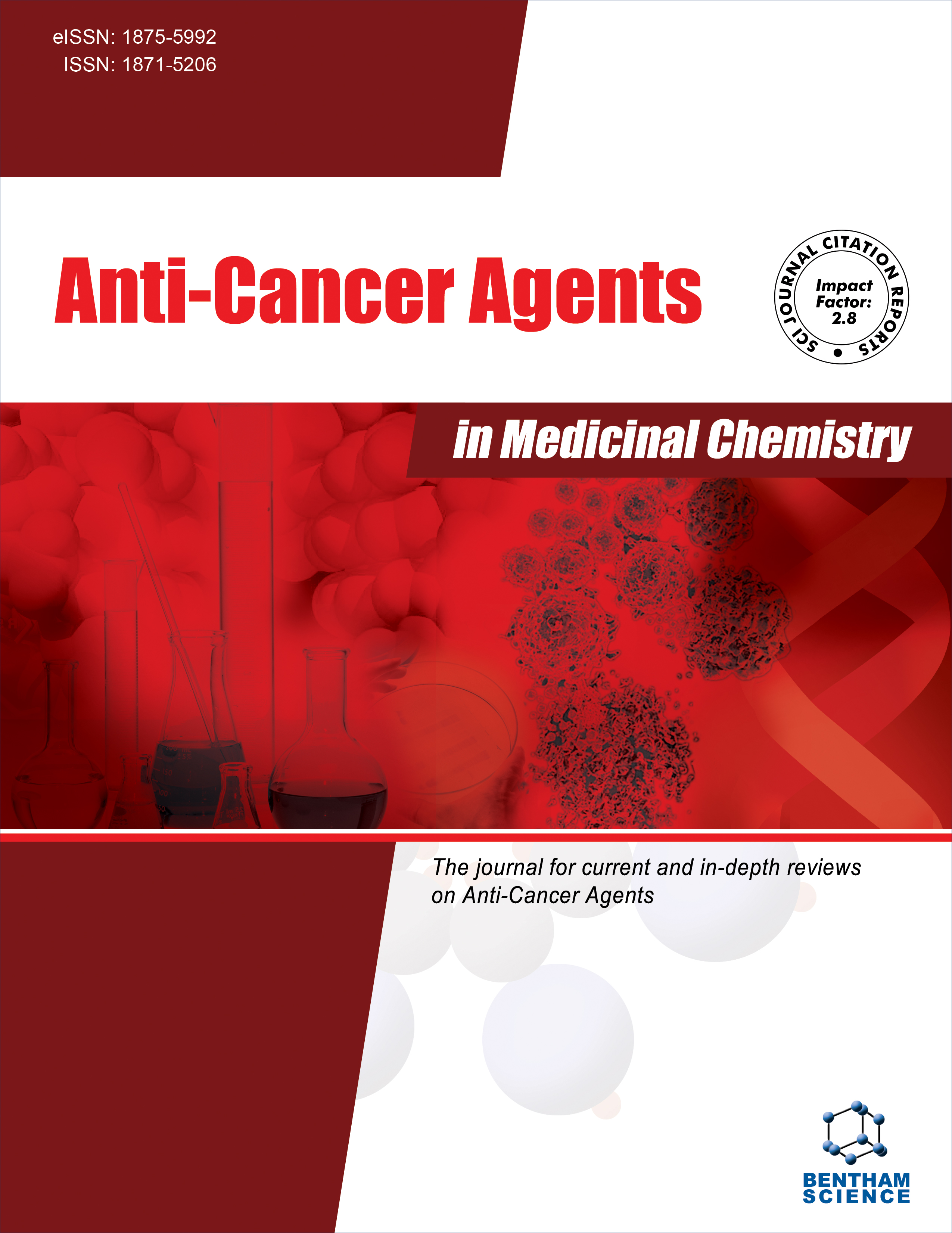
Full text loading...
Colorectal cancer (CRC) is a type of cancer that develops due to abnormal cell growth in the colon and rectum. Existing conventional CRC treatment strategies have side effects. Hence, exploring new and advanced techniques for bacterial CRC therapy is crucial. Bacteriocins are peptides produced by bacteria, including lactic acid bacteria (LAB), that have bactericidal effects. In the present study, we have focused on searching for effective and safe bacteriocins from LAB as alternatives to clinical therapeutics for treating CRC, leaving healthy cells unaffected.
We selected nine bacteriocin-like peptides that are effective in the human gut microbiome. These peptides were derived from LAB species using online database resources. We then conducted an in silico phylogenetic analysis of other LAB species present in the gut microbiome using the KEGG Genome database. We established the phylogenetic relationship of these LAB species with others observed in the database to determine their closeness and similarity. Further, the bacteriocin-like peptides were modeled and refined to interact with the plausible target. The systematic network analysis was performed to find the highly interconnected targets involved in the Wnt target genes of CRC.
The network analysis observed that the genes CTNNB1 and LRP5 were found as hub genes to upregulate CRC. In silico protein-peptide docking between the target bacteriocins like peptides and the therapeutic targets of CRC was performed, significantly our findings revealed that the peptide PE4 and PE9 (Lactacin F and Lactacin B) exhibited better binding affinity with CTNNB1. In contrast, the peptides PE7 and PE9 (Doderlin and Lactacin B) revealed better binding affinity with LRP5. Furthermore, we conducted molecular dynamics (MD) simulations to confirm the stability and bonding interactions of the bacteriocins derived from the LAB species.
Our findings indicate that bacteriocins (Lactacin B, Lactacin F and Doderlin) may have significant potential as therapeutics for CRC.

Article metrics loading...

Full text loading...
References


Data & Media loading...
Supplements

